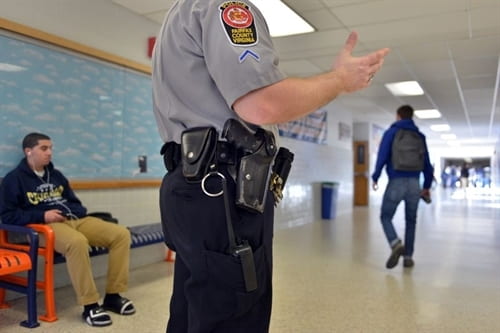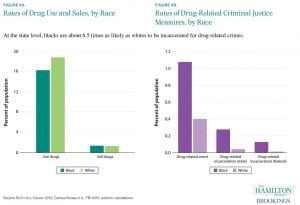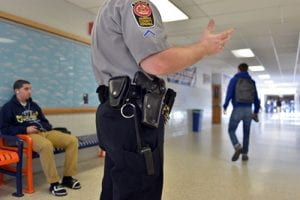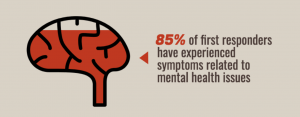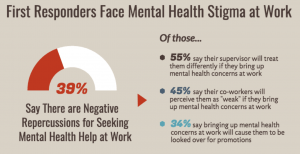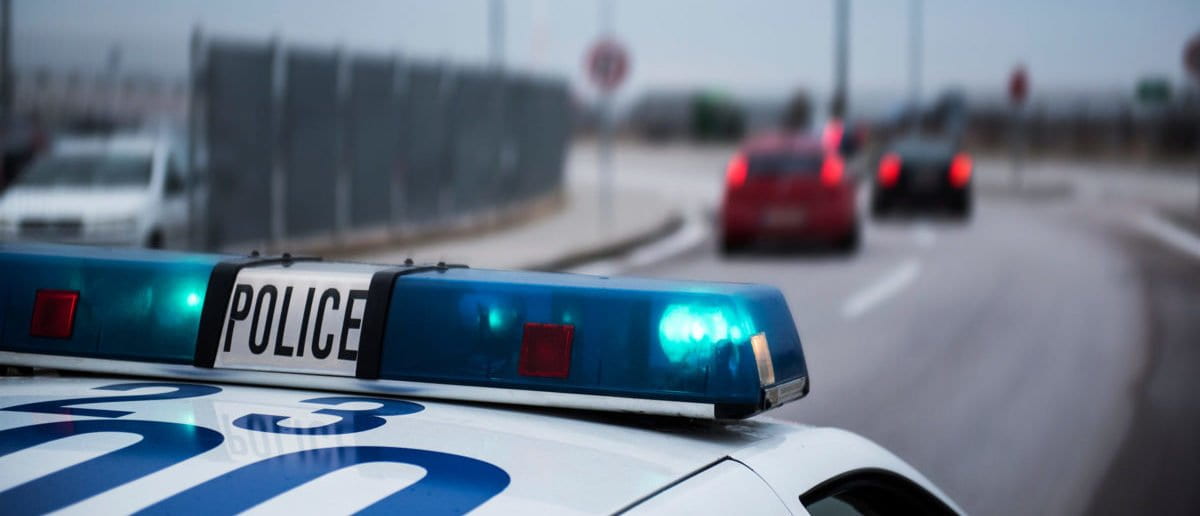
Brookside, Alabama – a poor town, 70% white, 21% black with a small but growing Hispanic population and a median income “well below the state average” has made national news because of the Brookside Police Department (BPD). The BPD has managed to double the impoverished town’s total income from 2018 to 2020 as a result of its 640% increase in fines and forfeitures. How can a town with no traffic lights collect $487 in fines and forfeitures in 2020 for every man, woman, and child while the Brookside Police Chief Mike Jones claims, “It’s not about making a dollar”?
Brookside Changed in 2018
From 2011 to 2018, the town of 1,253 people reported a total of 55 serious crimes to the state of Alabama across the span of eight years. In 2018, with the appointment of Mike Jones as Police Chief of the BPD, this changed significantly: police stops soared between 2018 and 2020; fines and forfeitures – including the seizure of cars during traffic stops – doubled from 2018 to 2019; and an eight additional officers were hired.
Nine full-time officers for a town that stretches six miles, has no traffic lights, and has a population of 1,253 people is “far larger than average.” According to the 2018 FBI Uniform Crime Reporting (UCR), the average size of a police force in the southern United States was three officers per 1,000 residents. As of last year, Brookside had one police officer per 144 residents. As of January 2021, the department announced via Facebook that it had hired six more officers, in order to “expand our dedication and commitment to provide superior community service & protection.” The Facebook page is no longer available to the public.
The lack of transparency does not stop there. While Chief Jones and Mayor Mike Bryan claimed that “neither the town nor the police department relies on the revenue” police officers bring in, audits by Philip Morgan & Co. showed that the town was indeed dependent on the ticket money. From 2018 to 2020, spending on police alone increased 560%, from $79,000 to $524,000. The correlation is reason for causation, for total arrests (custodial, misdemeanor, and felony) rose 1,109% from 2018 to 2020. Additionally, the BPD issued more than 3,000 citations in 2020 – a 692% increase from 2018. The revenue that was brought in increased overall town spending 112% from 2018 to 2020.

Where is this money going? Towards purchasing unmarked, tinted vehicles for the BPD to severely patrol the six miles the town covers, in hopes of collecting even more revenue. The Brookside police officers, according to Jones’s testimony, wear gray uniforms with no Brookside insignias. They also do not list their names in tickets.
In one case, a young man, Thomas Hall, was stopped for speeding and was found with a small amount of marijuana. He was charged with a misdemeanor possession and five counts of possession of drug paraphernalia: rolling papers, the bag the held the marijuana, cigar wrappers, a small jar “that once may have held marijuana,” and a small tray that “might have” been used to roll a joint. On the ticket, the arresting officer was listed as “Agent JS” and assisting officer as “Agent AR.” Hall is not the only one with unnecessary charges tacked onto his citation.
February Town Hall
On February 2, 2022, more than 200 people gathered where 31 people spoke of the victimization they had endured from a “rogue police department that bullied, tormented, and in some cases ruined their lives.” Residents of all demographics – black and white, old and young – demanded that tickets given by the Brookside force be voided and their money be returned. Common themes emerged during the emotional conversation, including how the police was targeting residents and drivers in an aggressive manner, adding on as many charges as possible to the citations, and frequently ticketing outside of its jurisdiction.
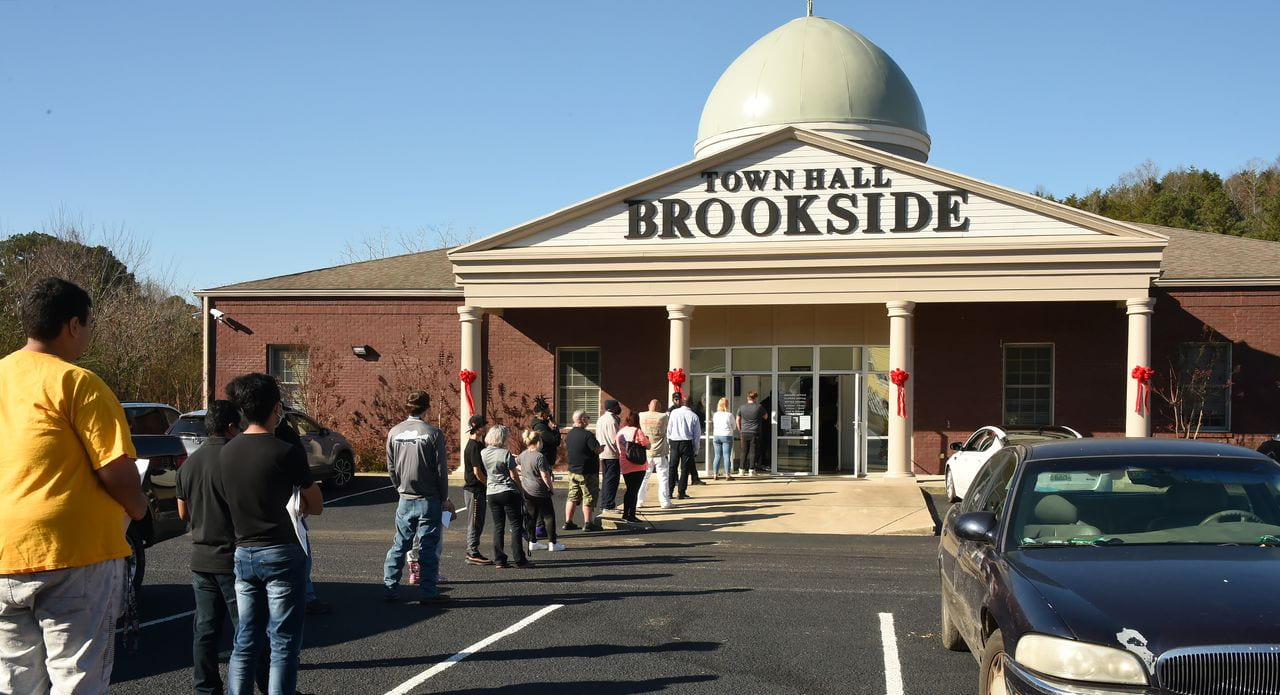
Brookside PD Leadership Resignations
After CNN and AL.com launched investigations into the recent events and actions of Brookside PD on January 19, 2022, Mike Jones resigned on January 25, 2022. He could not be reached for any comments. Leah Nelson of Alabama Appleseed Center for Law and Justice stated Jones’s departure is good news but that he is “just a symptom of the problem. We need policy reform.” Nelson’s statement is one that is supported on both sides of the aisle; what is happening in Brookside is not a partisan issue, and it is gaining national attention.
Brookside is a Continuation of History
A 2019 Governing Magazine report found that fines and forfeitures account for more than 10% of general fund revenues for nearly 600 jurisdictions across the United States. This trend first was noticed after the death of Michael Brown in Ferguson, Missouri, where the town issued 32,975 arrest warrants in 2013 for nonviolent offenses. It has been happening across the United States – California, Georgia, even Washington, D.C., for years on end, eroding the already-thin layer of trust between the community and law enforcement.
Another force adding to this erosion is the practice of sentencing people to jail when they are unable to pay their debt – an illegal practice as decided by the United States Supreme Court in Bearden v. Georgia (1983) and again in Timbs v Indiana (2019).
In Bearden, the court held that in “revocation proceedings for failure to pay a fine or restitution, a sentencing court must inquire into the reasons for the failure to pay. If the probationer could not pay despite sufficient bona fide [sincere] efforts, the court must consider alternative measures of punishment other than imprisonment.” Imprisoning someone who may not possess $850 to pay within four months deserves the opportunity to defend why s/he/they could not do so, instead of being locked up.
In Timbs, the Eighth Amendment was contested – specifically, the application of “excessive fines imposed” to state and local governments. In an unanimous decision, all of the Supreme Court justices agreed that Mr. Timbs’s vehicle, valued at $42,000, should not have been seized by the state for a ticket that was worth $10,000. When delivering the majority opinion, the late Ruth Bader Ginsberg spoke on behalf of the justices, administering the opinion that cities charging citizens high fines and fees and seizing property worth far more than their debt were “a threat to American freedom.”
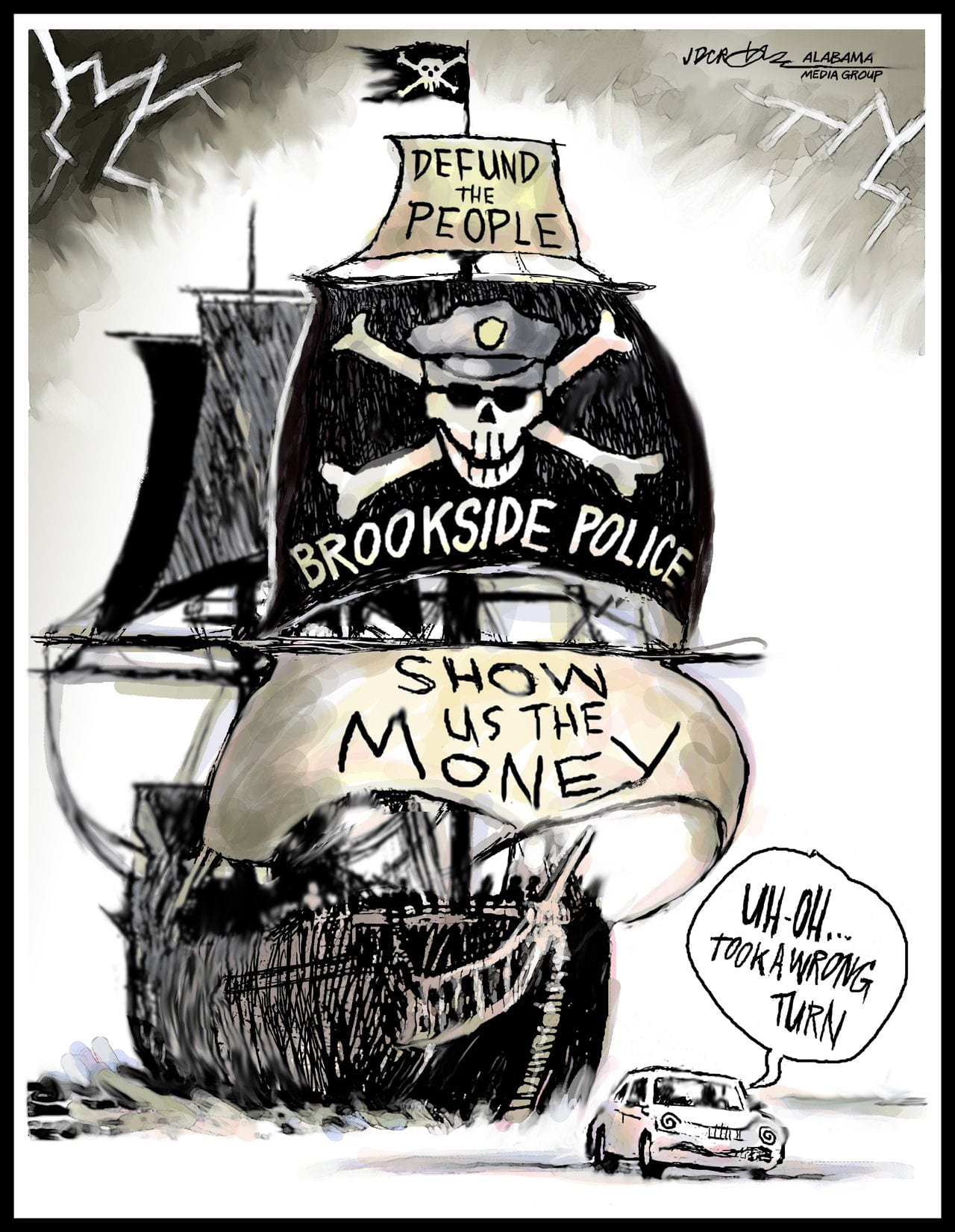
What’s next?
While policy reform is the main goal and various Alabama departments continue their investigations of the BPD, I would advocate for our readers to not forget the issue of police reform. This human rights abuse seriously affects more Americans than you know, and it is harmful to the quality of innocent people’s lives. People that are already struggling to make ends meet are being charged absurd ticket fees, and the taxes they are paying are not even benefitting them.
Reform is mandatory, and if our representatives on both sides of the aisle can come to this common conclusion, we should no longer question it. Rather, we should invest in searching and strongly advocating for alternatives to limit the police’s power. The universally-understood purpose of a police force is to protect a people, but how can said people trust the protectors if they are the ones exploiting them?
As we have seen in Brookside, the police’s abuse of power has resulted in the accumulation of millions of taxpayers’ dollars, which is only being reallocated to fund the police – the abusers of authority. Taxes are meant to assist the welfare of the state, but all the evidence indicates otherwise. Hosting a town hall meeting is simply the first step, and while it provided the residents of Brookside with an outlet to vent their ongoing troubles, the Alabama legislature and local and state governments must collaborate to ensure that Brookside PD’s actions are never repeated.
Visual Representations for Brookside
